|
|
Construction in progress of the Raithwaite culvert and road – Whitby to Sandsend – this to allow access for the Newholm beck to flow into the sea. The present day road from Sandsend to Whitby passes over this now hidden engineering work. David Richardson advised: “The photograph was taken sometime during the early 1920’s when the culvert and road where constructed in Raithwaite valley near Sandsend.” The original image possibly taken by Tom Watson of Lythe; he was commissioned to make a week by week photographic record of the works.
Image courtesy of the Pem Holliday Collection, thanks to David Richardson for the update.
What was the competition, what was the year and who were the players in this well-scrubbed football team?
Amy Thurlow and Ellen Bainbridge at Boulby Barns about 1920.
Image and details courtesy of Owen Rooks.
Once the impregnable stronghold of the De Thweng’s, Kilton Castle fell into disrepair and by 1347 had only one occupant – Catherine de Thweng, a widow – and later in the same century, it was described as being totally abandoned. Even less of Kilton castle exists today, despite its Ancient Monument status. Peter Appleton provided information regarding the de Thweng’s: “In 1272, Peter de Brus III died without male heir. His four sisters became co-heiresses of the de Brus estates in north-east Yorkshire. Lucia de Brus married Marmaduke de Thweng and had, as her portion of the estates, the manors of Yarm, Danby and Brotton. The latter included the township of Kilton. Her older sibling, Agnes, received the manors of Skelton, Marske, Upleatham and Kirkleatham, whilst her younger siblings, Margaret and Laderina, received respectively, the barony of Kendal and the manor of Carlton-in-Cleveland.”
Image (courtesy of John G. Hannah) from “Views of Loftus-in-Cleveland and Neighbourhood” published by J. F. Cooke. Apologies for incorrectly quoting Lucy de Thweng. Thanks to Peter Appleton for the update regarding the de Thweng’s.
Now we have three ladies; Amy Thurlow, Flo Fletcher and Ellen Bainbridge looking lovely at Whitby about 1920.
Image and information courtesy of Owen Rooks.
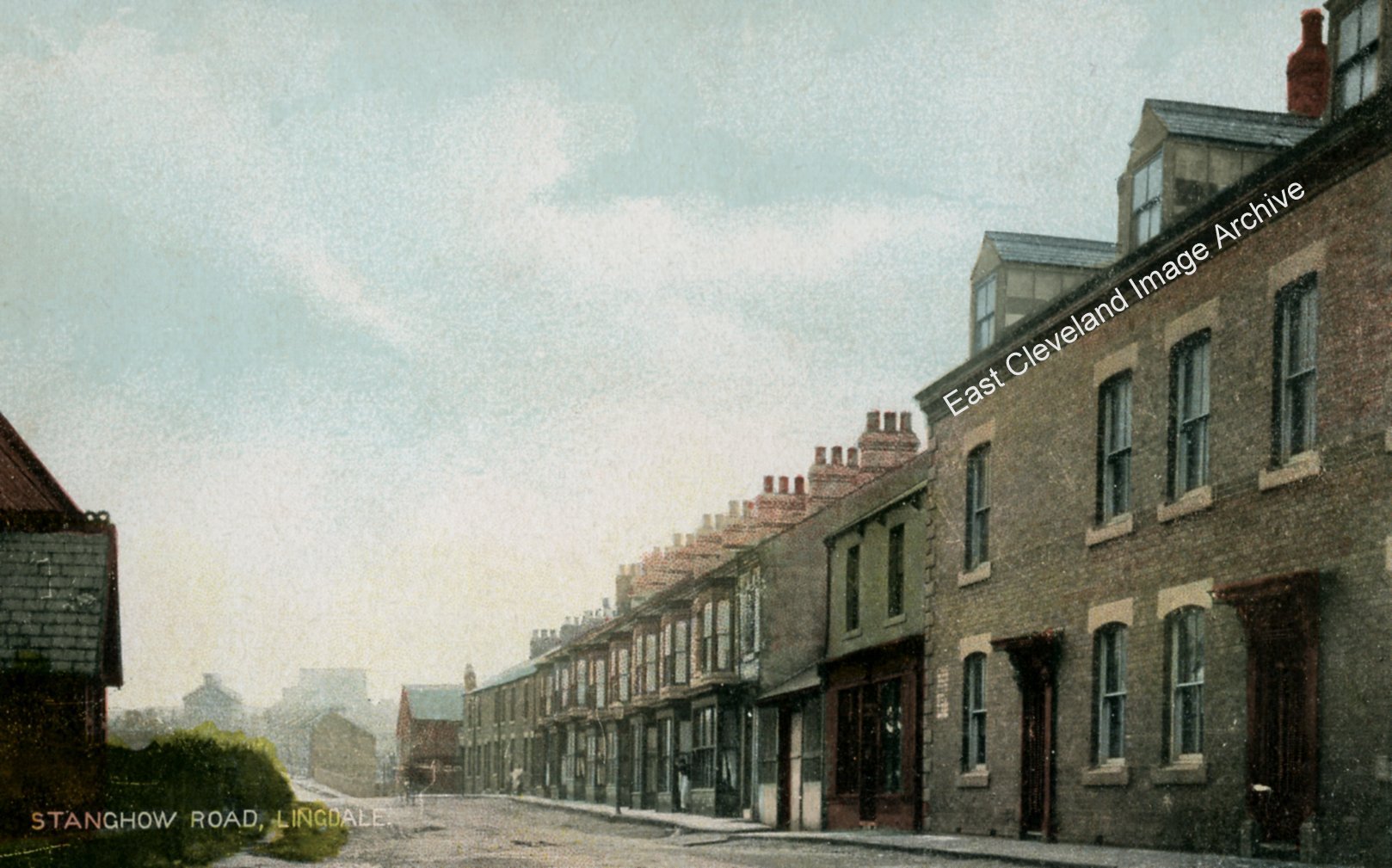
This Phoenix postcard (Brittain and Wright of Stockton) dating from the early 20th century looks towards Stanghow and the road leading to the moor.
Image courtesy of Tina Dowey.
Nice photograph, taken this time from Mill Bank; Glover’s Path can be seen as can the buildings to the left centre of the image belonging to Whitecliffe mine. The old railway bridge is very clear, as are the steel works back right. Carlin How mine was known to the miners as Duck Hole owing to the wet working conditions. Simon Chapmann advises: “Duckhole closed in 1944 and in the image the headgear has been demolished. The chimney for North Loftus pit can still be seen so it is believed to be from about 1950.”
Image courtesy of several sources including Pem Holliday Collection, thanks to Simon Chapman for additional information.
Once again the photograph is of Amy, Elsie and Ellen; taken about 1930 at the door of Boulby Barns.
Image and details courtesy of Owen Rooks.
Dated about 1930 this image of Amy Thurlow was believed to have been taken at the entrance to Easington Church. Kim Lindley has advised: “Possibly at the entrance to All Saints church, Easington.”
Image and details courtesy of Owen Rooks, thanks to Kim Lindley for the update.
About 1930 at an unknown location (but possibly in the garden of Boulby Barns Farm) with Bessie on the left and the right Amy. Anne Hindmarsh asked: “Would Amy be Bessie Andersons’s sister they were both Thurlows?” Janet Wilson advised: “I think that the lady on the left is Bessie Anderson (nee Thurlow) who was Amy’s mother.”
Image courtesy of Owen Rooks, also thanks to Anne Hindmarsh and Janet Wilson for the updates.
|
|
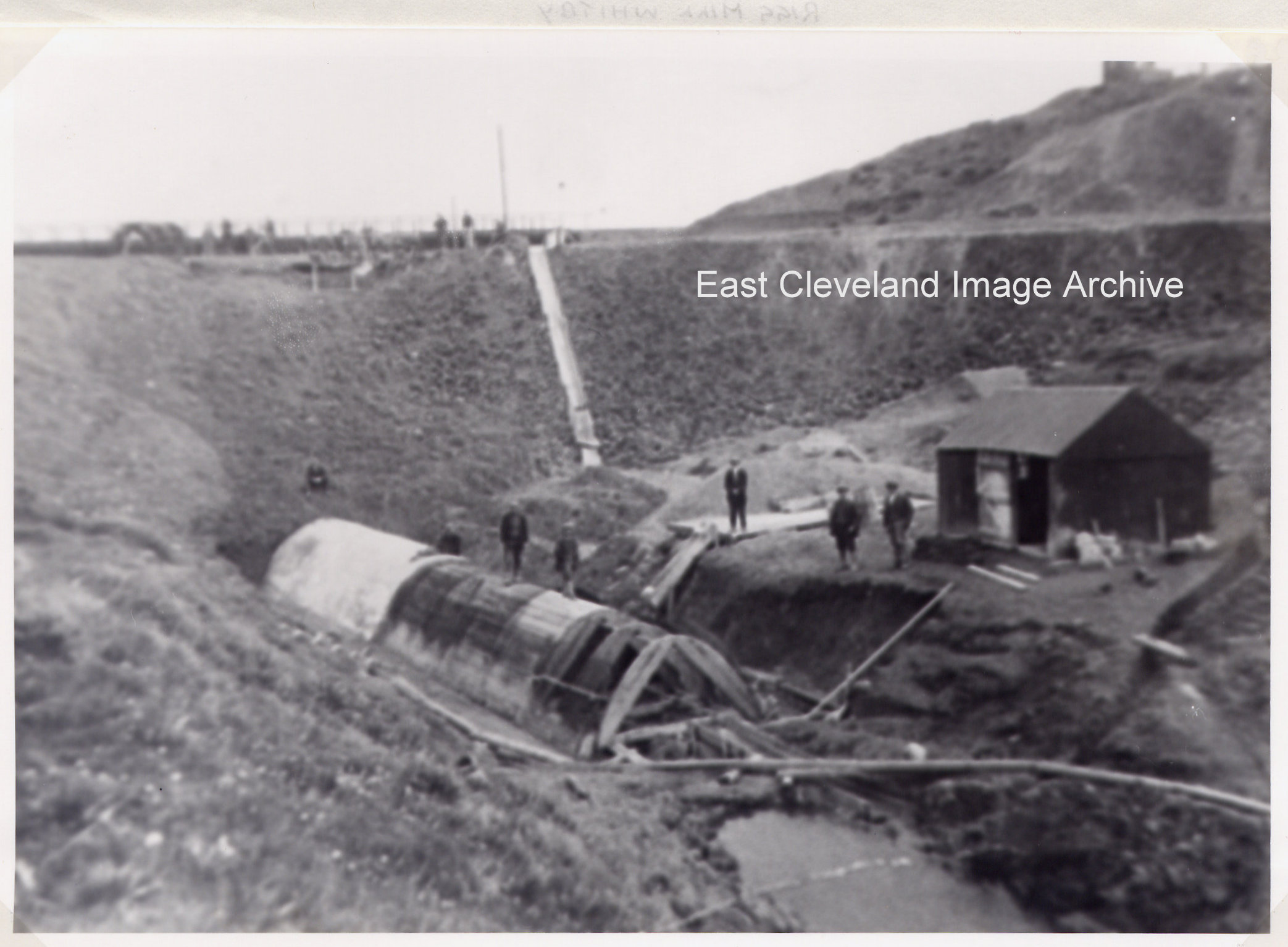
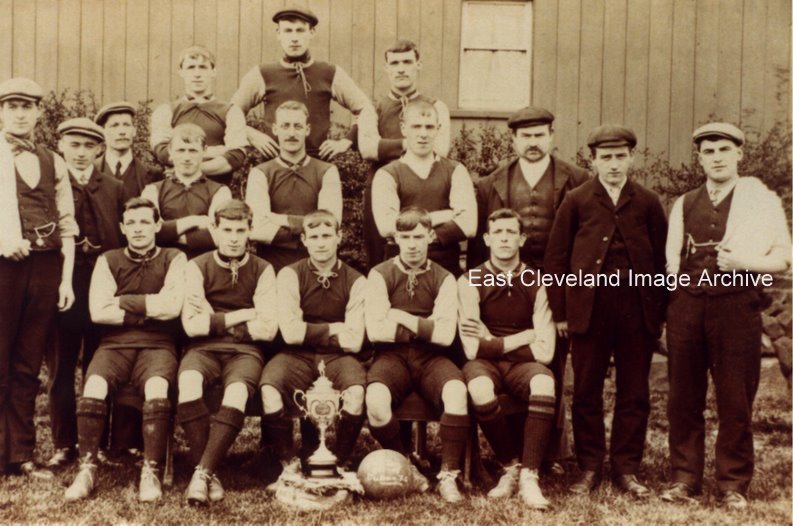
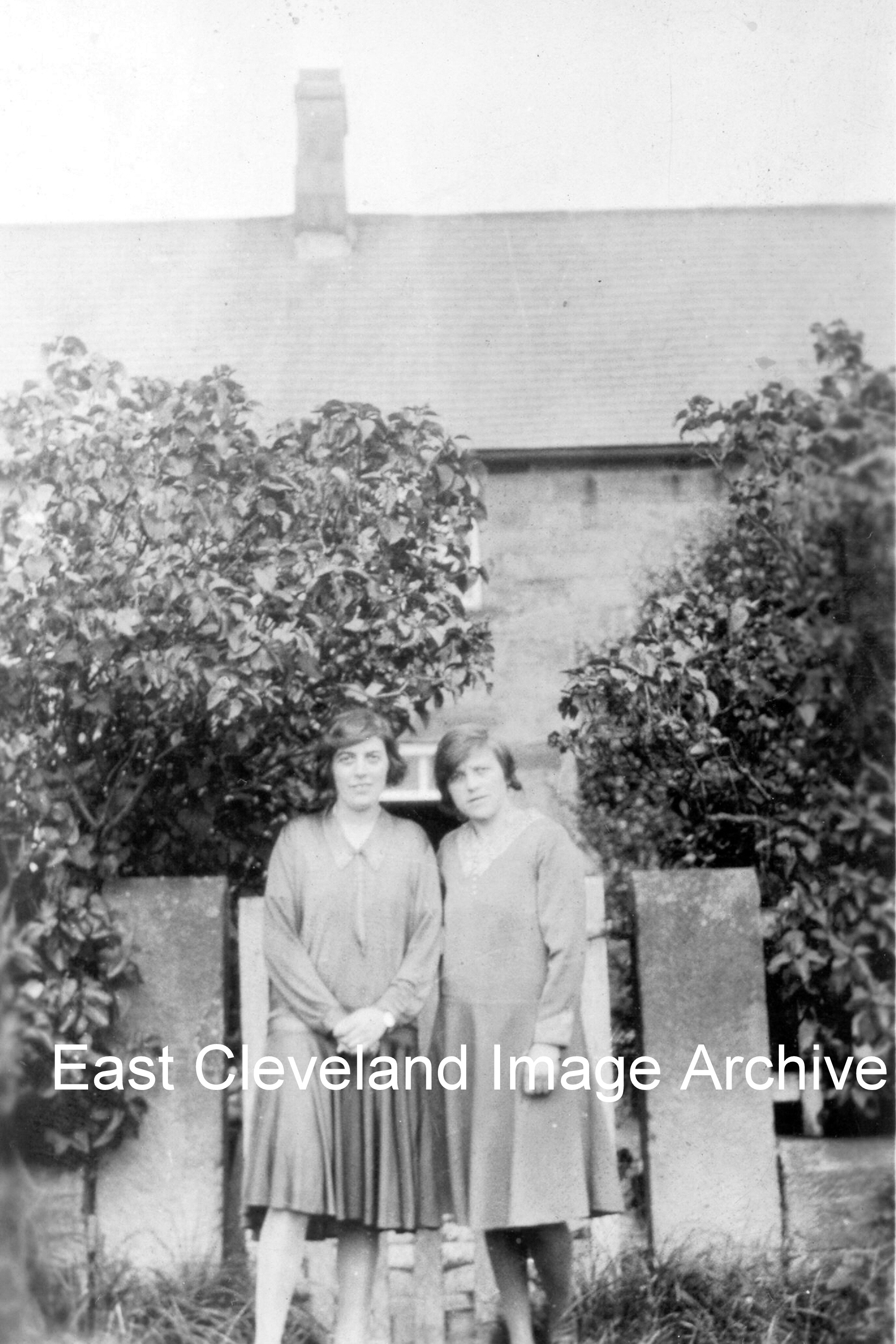
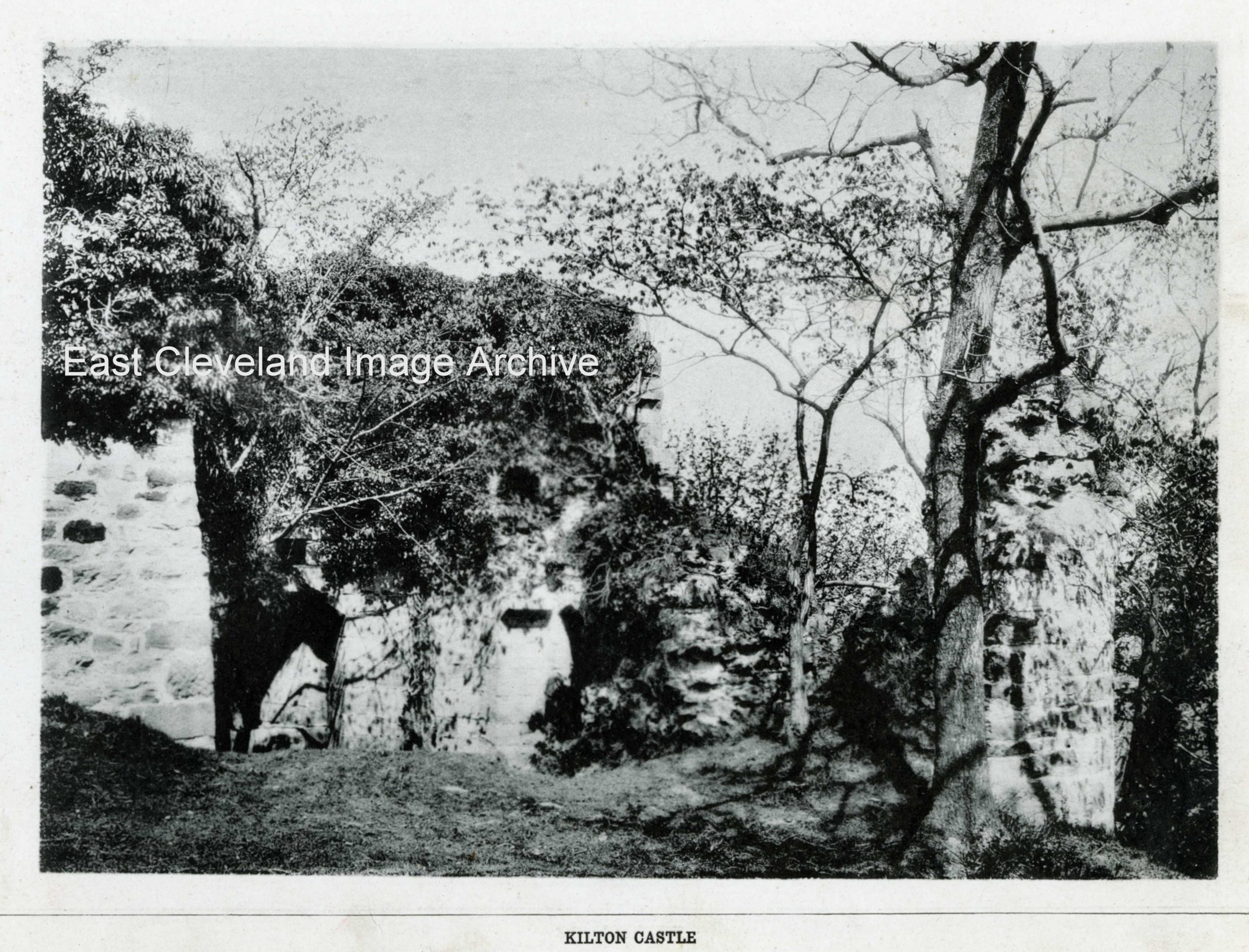
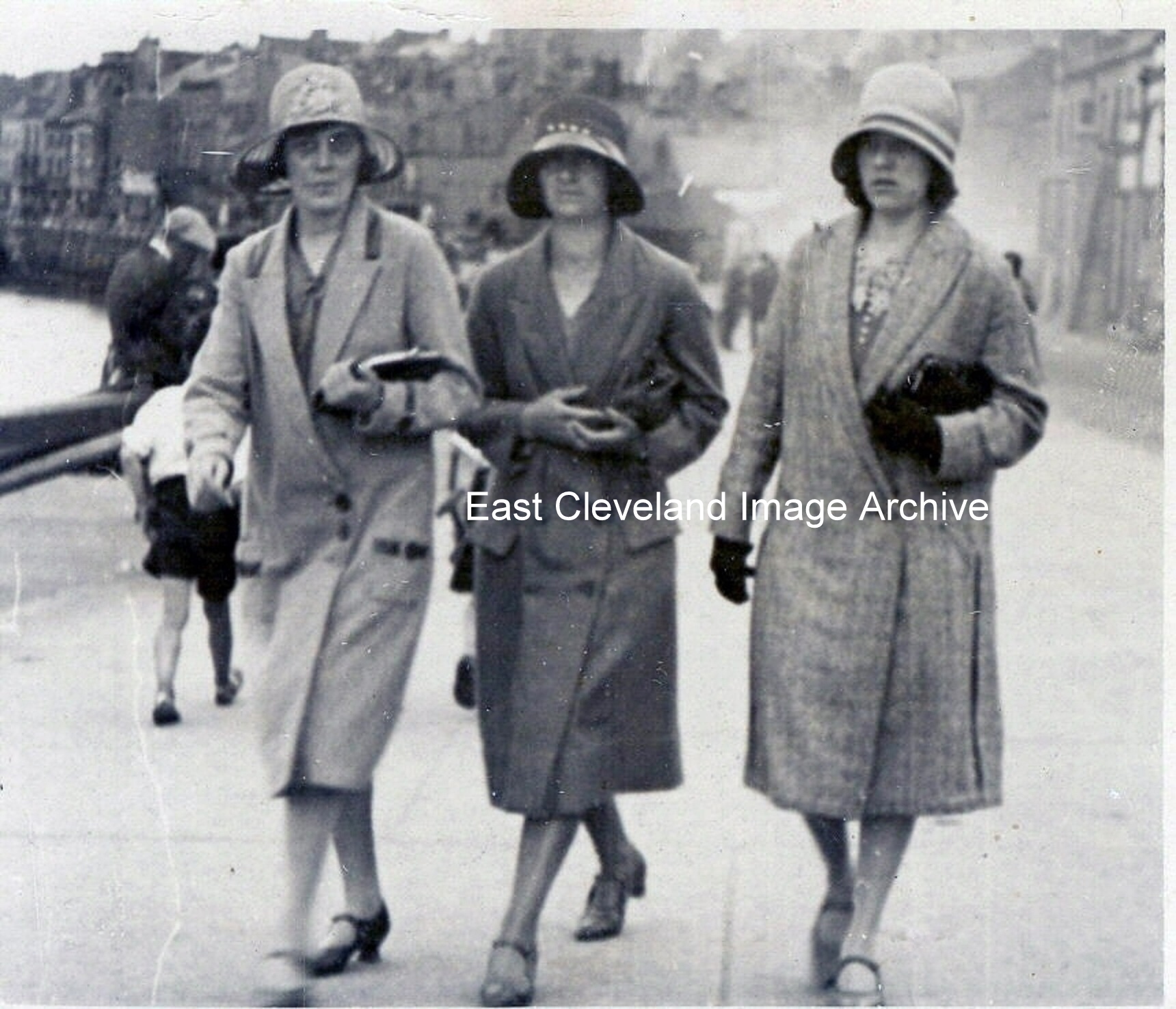

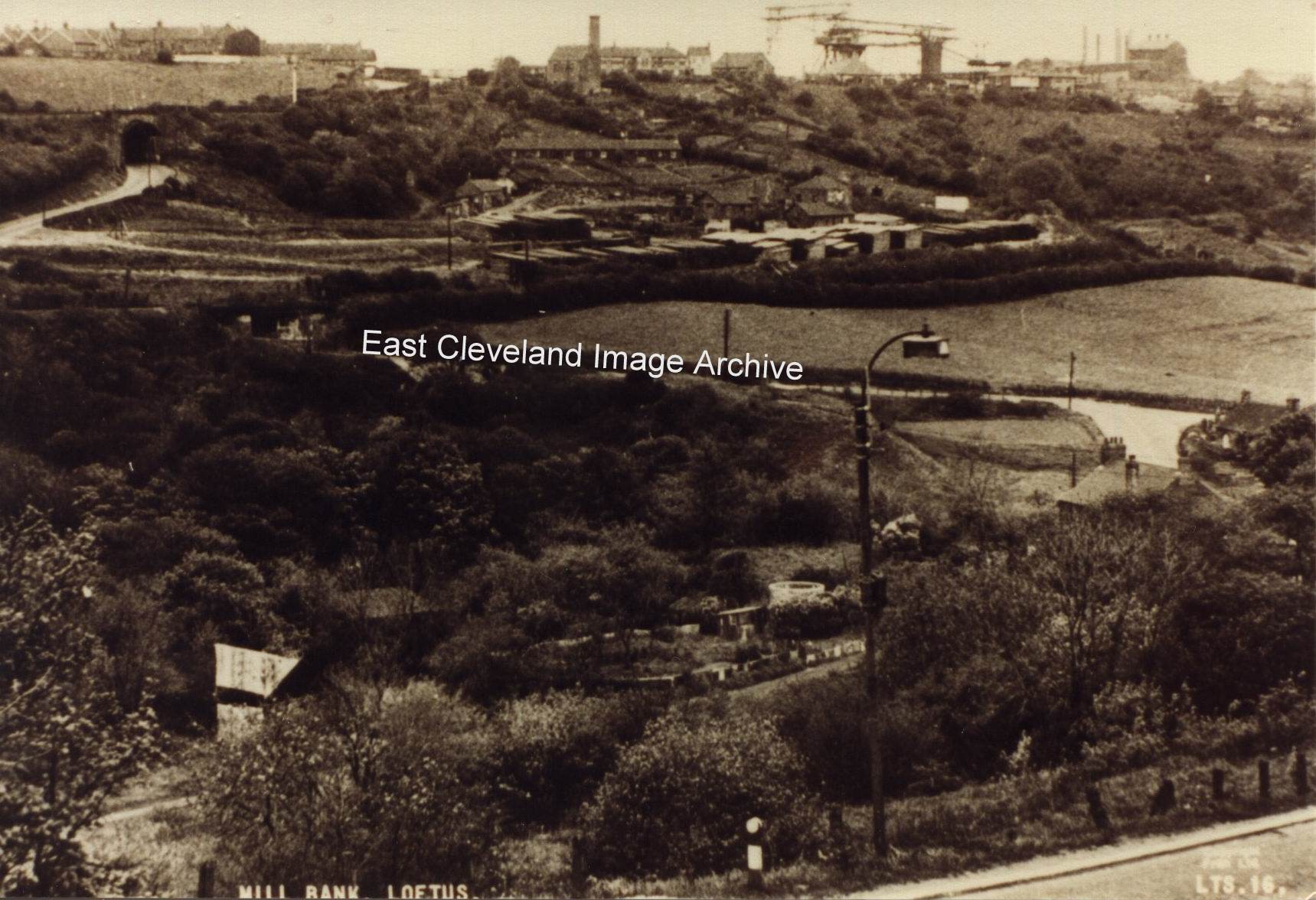
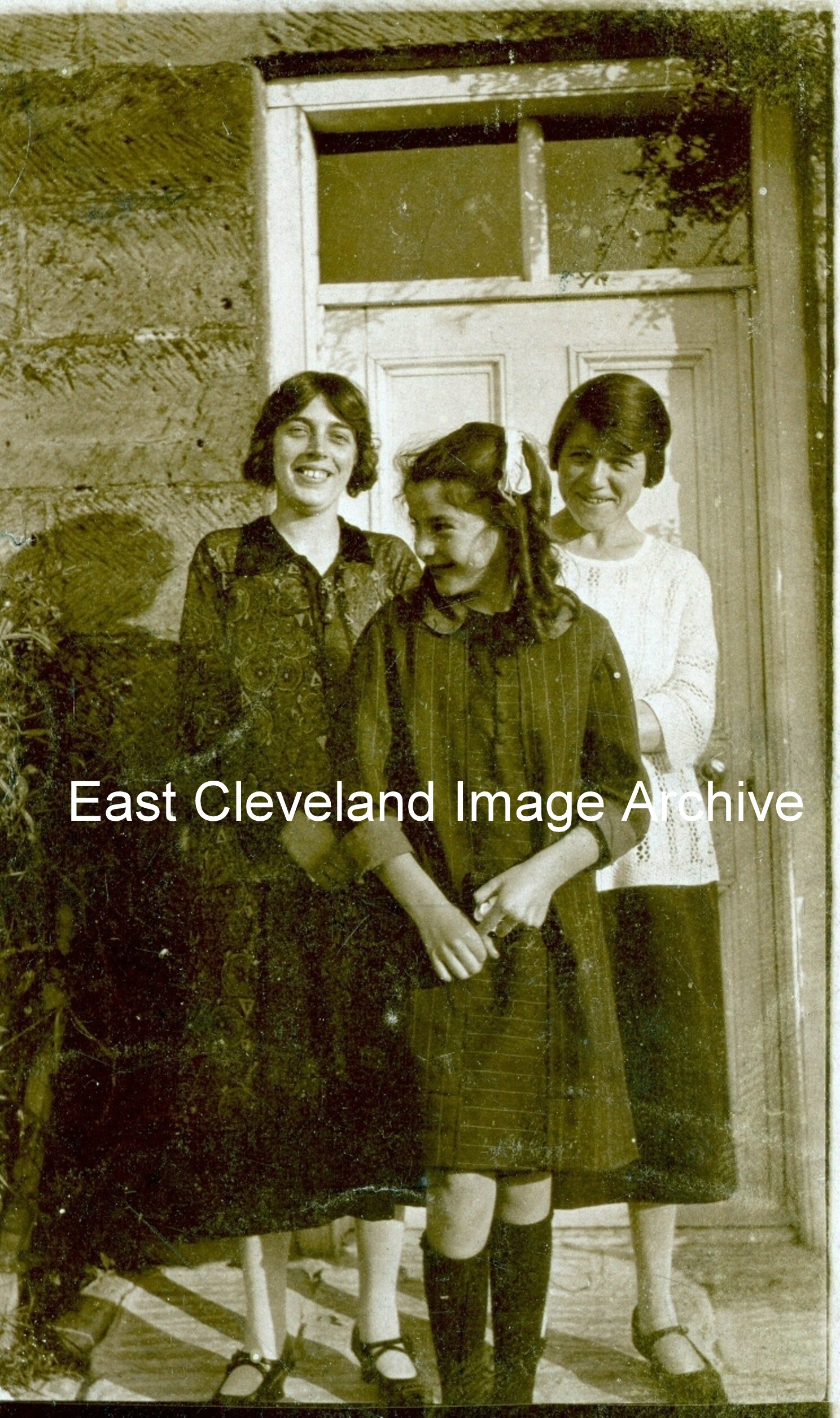
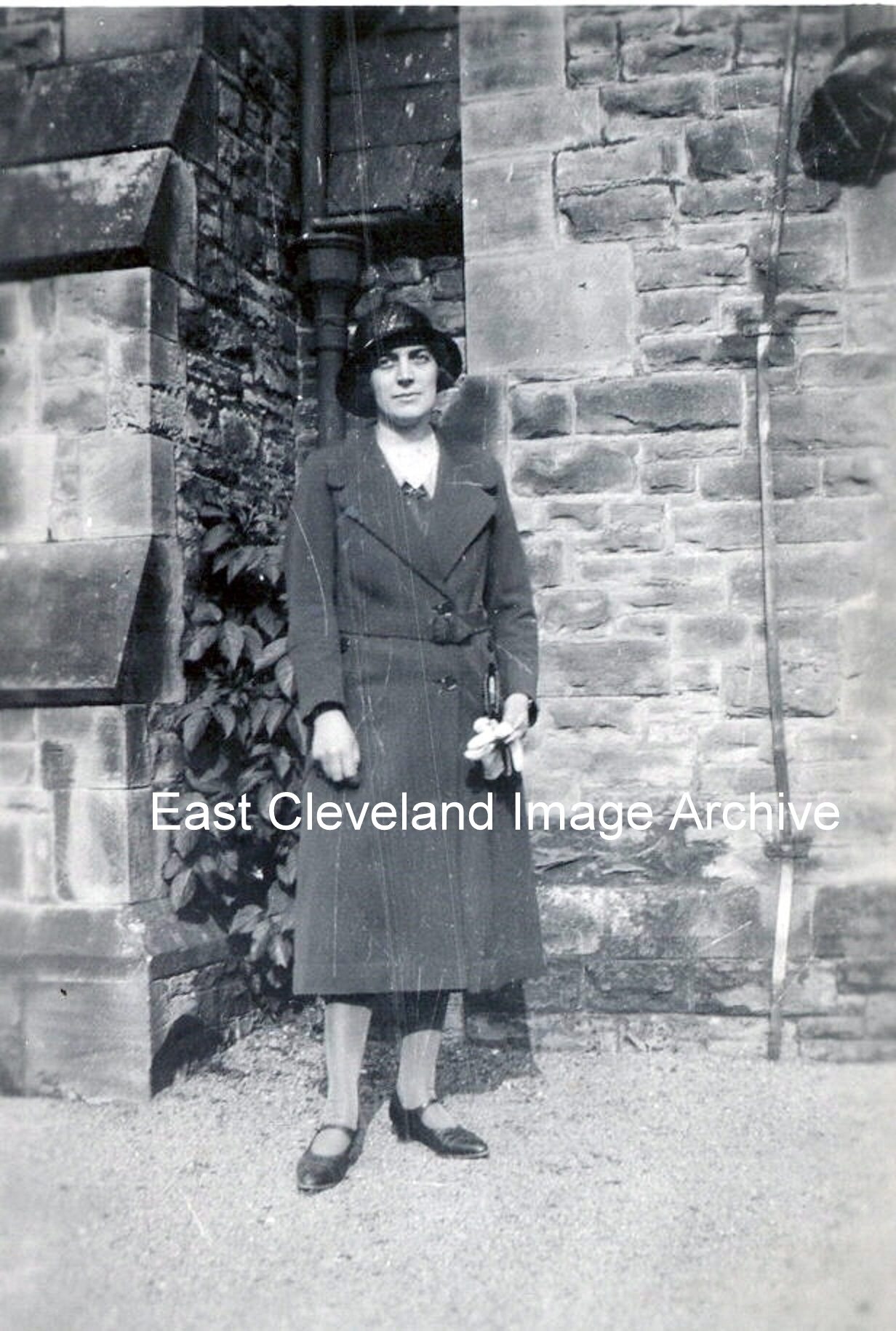
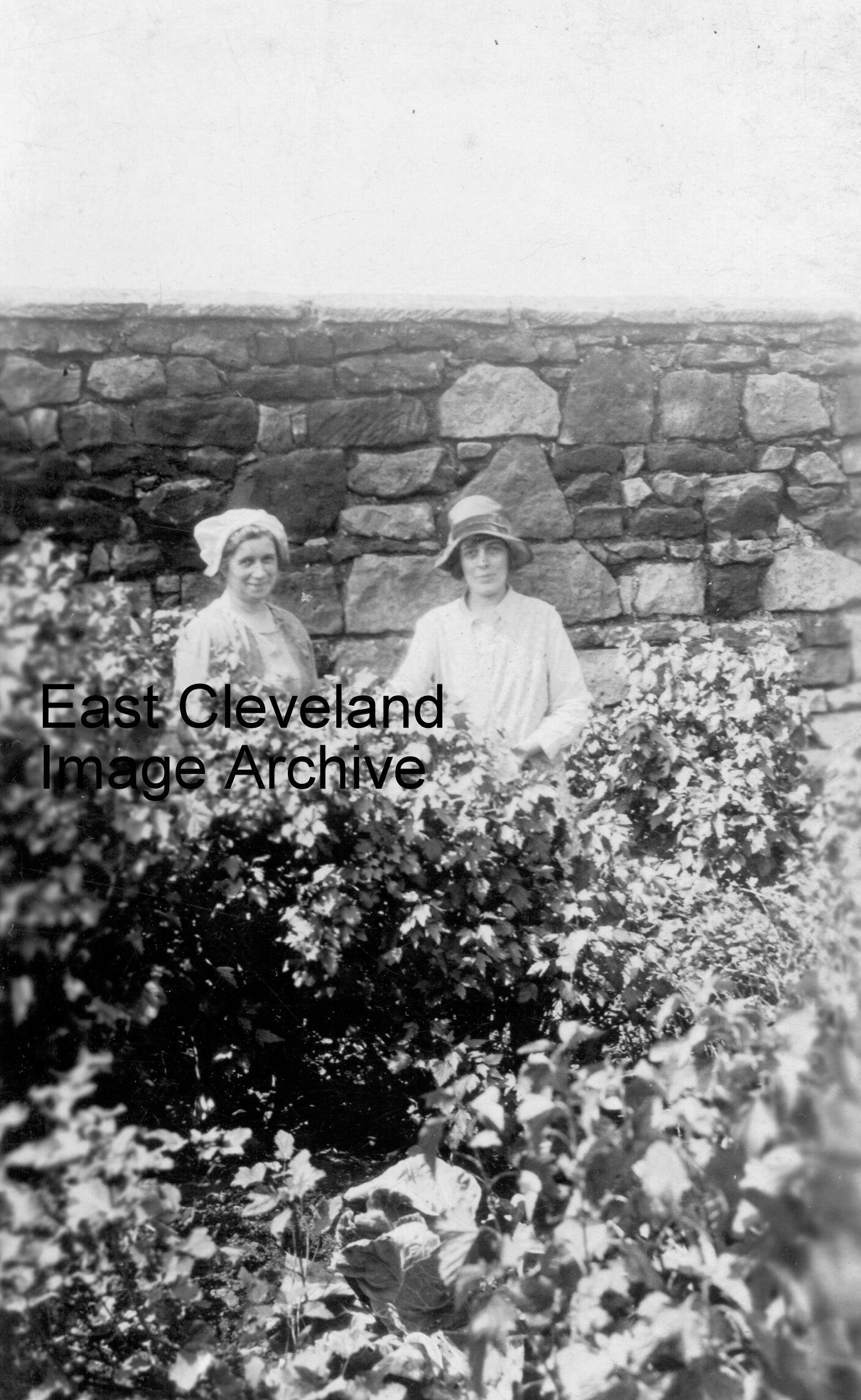
Recent Comments